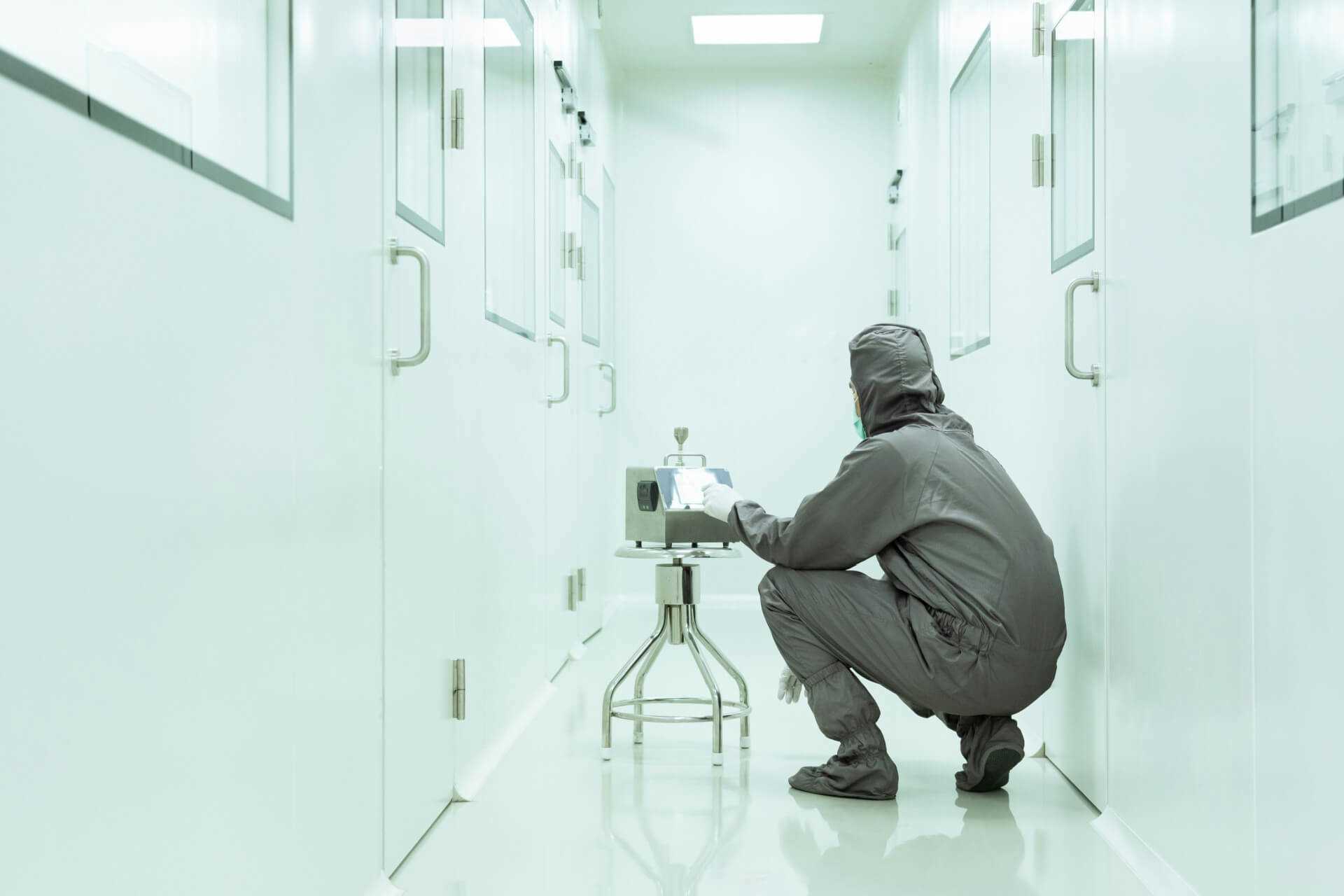
Advanced Contamination Control: Beyond Air Quality
While air quality is a cornerstone of contamination control in cleanrooms, comprehensive strategies must encompass a broader range of measures to ensure the highest standards of cleanliness and sterility. This blog post explores the advanced contamination control techniques that go beyond air quality to address surface cleanliness, personnel practices, and innovative technologies that enhance the overall cleanliness of cleanroom environments.
Comprehensive Surface Cleaning Techniques
• Antimicrobial Surfaces: The implementation of materials treated with or made from antimicrobial agents can significantly reduce microbial growth on cleanroom surfaces, thereby lowering the risk of cross-contamination.
• Advanced Cleaning Agents and Protocols: Utilizing cleaning agents that are effective against a broad spectrum of biological contaminants and employing precise protocols that ensure thorough coverage and minimize human error.
Innovative Ultraviolet Germicidal Irradiation
• UV-C Disinfection: Employing UV-C light to disinfect air and exposed surfaces within the cleanroom. UV-C light effectively destroys microbial DNA, preventing reproduction and effectively killing off bacteria, viruses, and fungi.
• Portable and Fixed UV-C Systems: Integration of portable units for targeted disinfection and fixed installations for continuous contamination control, especially in areas prone to frequent contamination.
Enhanced Personnel Decontamination
• Advanced Gowning Protocols: Implementing rigorous gowning procedures that minimize the risk of contamination from personnel. This includes the use of disposable coveralls, head covers, gloves, and shoe covers that meet stringent standards.
• Personnel Hygiene Stations: Installation of hygiene stations at entry and exit points, equipped with handwashing facilities, non-alcohol-based hand sanitizers, and gowning area disinfection capabilities.
Real-Time Monitoring and Rapid Response Systems
• Particle and Microbial Monitoring: Continuous monitoring of both particulate and microbial levels with real-time feedback systems that alert staff to spikes in contamination levels, allowing for immediate remediation.
• Automated Response Protocols: Systems programmed to initiate corrective measures automatically when contamination exceeds predetermined thresholds, such as increasing air changes or activating UV-C disinfection.
Integration of Robotics and Automation
• Robotic Cleaning Systems: Use of automated robotic systems to perform routine cleaning tasks, reducing human interaction and the potential for human error.
• Automated Material Handling: Conveyance systems that minimize the need for personnel to enter critical areas, thereby reducing the risk of introducing contaminants.
Advanced contamination control in cleanrooms involves a multi-faceted approach that addresses air quality, surface cleanliness, personnel practices, and the use of emerging technologies. By implementing comprehensive strategies that encompass these elements, cleanroom operations can achieve superior contamination control, enhancing product quality and safety. Vibraclean continues to be at the forefront of innovation in cleanroom technology, ensuring that clients benefit from the most advanced and effective contamination control measures available today.
